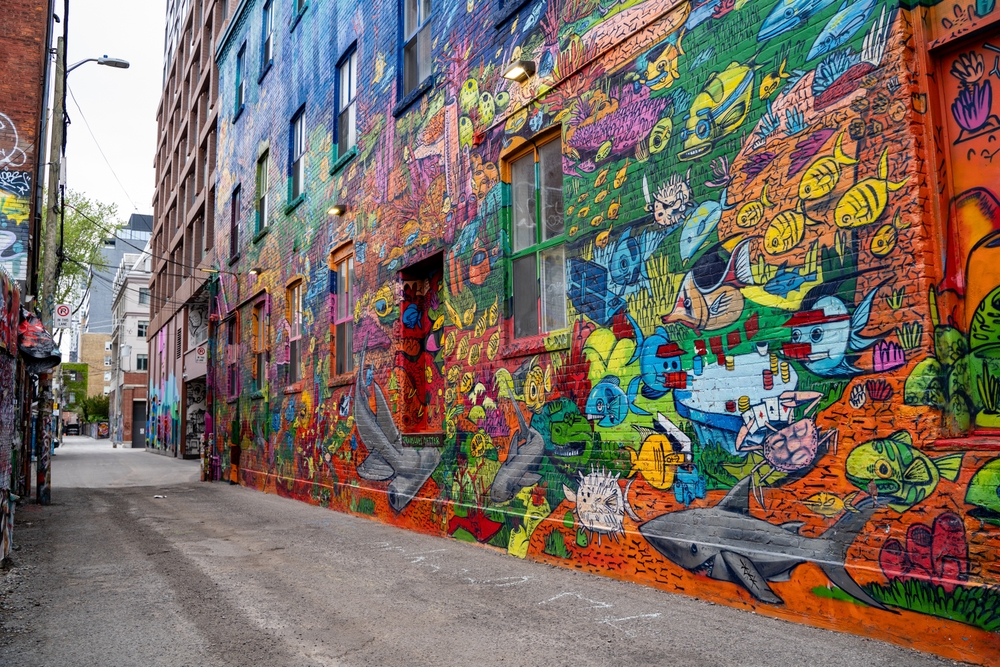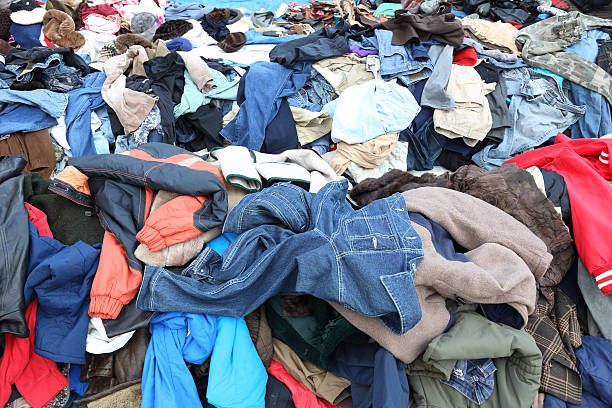From Stencil to Stardom: The Rise of Graffiti in the Contemporary Art Scene
In the last few decades, the art world has witnessed the emergence of an unexpected player - Graffiti. Once considered a mere nuisance and a sign of urban decay, graffiti has now found its rightful place in the contemporary art scene. This article delves into the evolution of graffiti from an act of rebellion to an accepted form of artistic expression, and its current standing in the arts and entertainment industry.

A Tale of Rebellion and Expression
The history of graffiti is as complex and colorful as the art form itself. The word “graffiti” originates from the Italian word “graffiato,” meaning “scratched.” However, the act of drawing or writing on walls is an ancient practice, with examples found in Ancient Egypt and Rome. Modern graffiti, as we know it, sprouted from the social and political unrest of the 1960s and 1970s. The walls became a canvas for the marginalized, who used this medium to voice their discontent and rebel against societal norms.
The Transition to Mainstream
The 1980s marked a turning point for graffiti as it began to infiltrate the mainstream art world. Artists like Jean-Michel Basquiat and Keith Haring transitioned from subway walls to gallery walls, bringing graffiti into the spotlight. The shift was met with resistance from traditionalists who questioned its legitimacy as an art form. However, the vibrancy and rawness of graffiti resonated with the public, and it gradually gained acceptance.
Graffiti in the Digital Age
The advent of the digital age has drastically transformed the graffiti scene. The internet has opened new platforms for artists to showcase their work and reach a global audience. Graffiti has also embraced digital tools, with artists incorporating projections and digital imagery into their pieces. The evolution of graffiti in the digital era not only demonstrates its adaptability but also its enduring relevance in the age of technology.
Impact and Reception
The impact of graffiti on the art world is undeniable. It has challenged traditional notions of what constitutes art and who can be considered an artist. By taking art out of the exclusive confines of galleries and museums, graffiti has democratized art, making it accessible to all. The reception, however, has been mixed. While some hail it as a form of social commentary and a celebration of free expression, others view it as vandalism.
The Future of Graffiti
The future of graffiti looks promising. With its increasing acceptance and recognition as a legitimate art form, graffiti artists are now enjoying opportunities previously closed to them. They are being commissioned for public arts projects, exhibiting in esteemed galleries, and even collaborating with luxury fashion brands.
In conclusion, the journey of graffiti from a subversive act to a respected art form is a testament to the transformative power of art. It is a reminder that art is not just a product of creativity but also a vehicle for social change. Graffiti, with its vibrant hues and provocative messages, continues to leave an indelible mark on the canvas of our urban landscapes.




